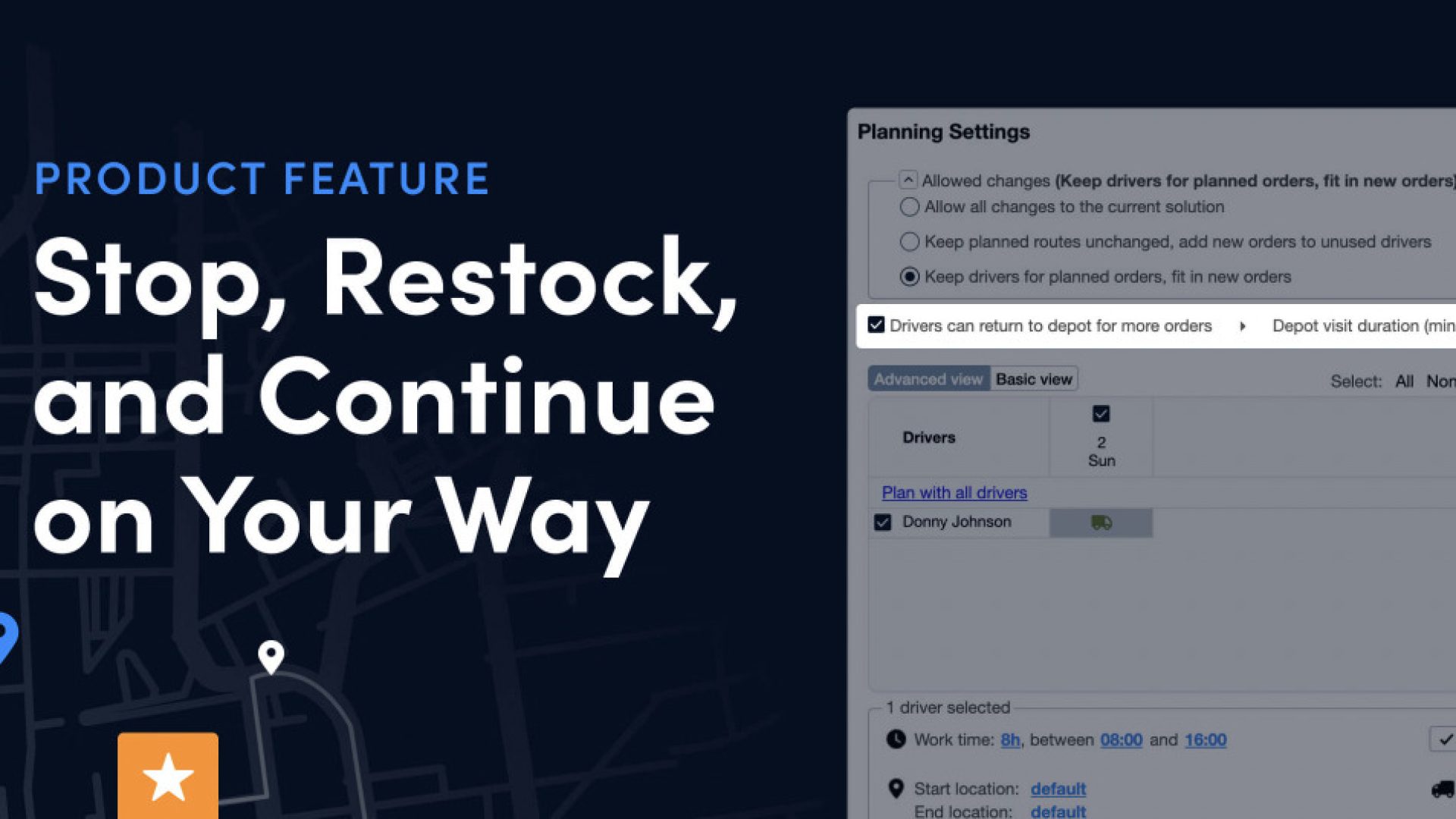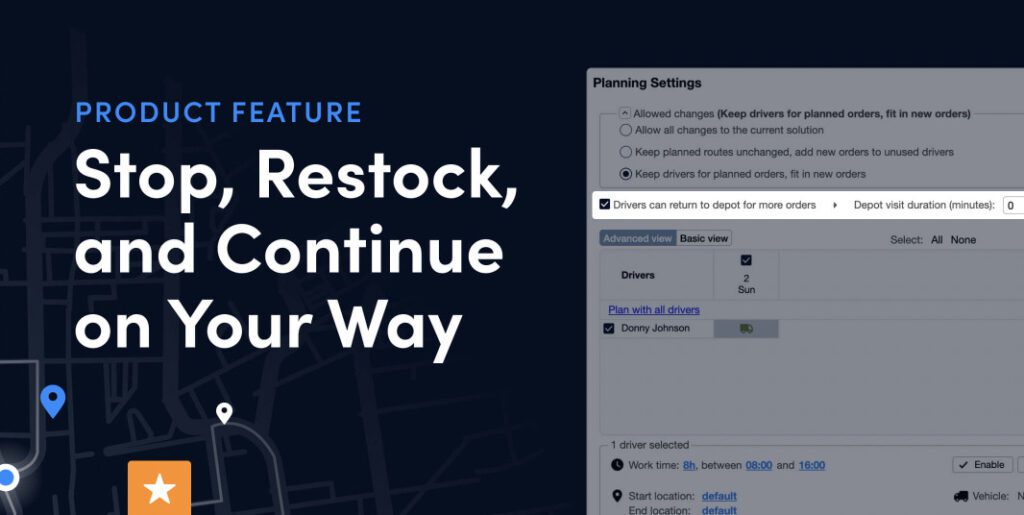Efficient inventory management is the cornerstone of any successful ecommerce operation, more specifically, those centered around the Amazon FBA model. The advantages are manifold ranging from effortless stock management, dispatch, returns, and customer service, taken over by Amazon.
Yet, the efficiency of this model directly hinges on one crucial aspect: Restock Plans. Definition and execution of a well-strategized restock plan can quite literally be a game-changer, paving the way to smooth business operation & consistent revenue flow.
Given the vitality of restock plans, it becomes crucial to understand how to create and execute these effectively. A robust restock plan includes forecasting future demand, keeping into account peak and off-peak seasons, and maintaining a buffer. The objective here is to minimize stockouts and overstock situations. The consequences of such scenarios can ripple out to influence customer trust and your overall success on the Amazon marketplace.
Part of the restock planning also includes keeping an eye on the lead times. Different suppliers might have varying lead times, which is a crucial factor when planning your purchase orders. Timely reception of your new stock ensures that you don’t run out of products before Amazon has received & processed the new incoming inventory. This serves a dual purpose of avoiding not only stockouts but also maintaining strong performance metrics around product availability.
Analytical tools serve as bedrock for any successful restock plan. With solutions like RestockPro, managing intricate tasks such as supplier lead time tracking, profitability analysis or managing unique SKU becomes a breeze. This helps make informed decisions on when to reorder, the quantity to reorder, and identifying the products that are not yielding desired profit margins. Taking into account data from these tools, ecommerce businesses can streamline their restock plans to optimize sales.
Given the competition, Amazon has certain performance metrics to gauge the performance of its FBA sellers. It’s important for any dealer on the platform to understand what Amazon IPI (Inventory Performance Index) is. A lower IPI score could result in storage limits during key sales periods, while a good IPI score can reduce your storage fees and ensure your products are more readily available. Remember, a well-maintained restock plan can greatly contribute to improving this index.

One sensitive topic when it’s about restocks is inventory storage. Storage costs can often get exorbitant during the peak season, thereby carving a significant chunk from your profit margins. Not to mention the long-term storage fees on products that have been in Amazon’s warehouse for more than a year. Here is where a meticulously sculpted restock plan comes to your aid in circumventing such unnecessary costs, keeping your expenditure in check and profits flourishing.
Collaborating with your suppliers forms another essential part of creating a strong restock plan. Regular and clear communication about your inventory needs can aid in achieving a faster restock process. Moreover, it can help you negotiate better prices, save on shipping costs, and even possibly extend your payment terms. In this journey, supplier relationships prove to be incredibly valuable, enhancing the efficiency of your restock plan.
The significance of a contingency plan cannot be stressed enough. Your restock plan should consider any hiccups that might emerge along the way. For instance, factors like sudden logistics slowdown, increased lead times due to manufacturing delays, holiday season rush, or a global pandemic can disrupt your regular patterns of supply. By taking into account such eventualities, the resilience of your restock plan can be strengthened.
A crucial aspect often overlooked when strategizing a restock plan is the role of packaging for FBA businesses. Amazon has strict regulations about how products should be packed before reaching their warehouse. Understanding these specifications & incorporating them into your restock plan can save you from delays and additional repackaging costs. Furthermore, it ensures your products stay in excellent condition increasing their desirability among potential customers.
Another integral component of your restock plan should be analyzing the life cycle of your products. Recognizing the stages from your product’s introduction to growth, maturity, and eventually, decline, will significantly help in predicting sales volume. This plays a huge part in optimizing your restock strategy as it helps gauge the right quantities to reorder and when, based on the anticipated demand.
Implementing restock plans effectively requires monitoring and making continuous improvements. It’s a dynamic process that necessitates adjustment as market trends shift, products phase out, new products are introduced, or unforeseen circumstances such as supply chain disruptions occur. A restock plan is a living document that needs regular reviews and modifications, ensuring the business stays agile and ready to adapt.

Taking advantage of seasons and events is an intelligent move for any ecommerce business looking to maximize sales. It’s critical that restocking plans keep a tab on anniversaries, holidays, sales and other events resulting in potential sales surges. With such events on your radar, the restock plan becomes adaptive thus enabling you to maximize profit and customer satisfaction during these peak times.
While crafting your restock plan, don’t forget to consider product return rates. Amazon FBA sellers should take into account product return patterns, which can hugely impact your inventory levels. By examining such patterns, decisions around restocking certain products can be made more efficiently, ultimately leading to a reduction in cost and a more profitable business operation.
Following and implementing the practice of ABC inventory categorization can significantly contribute to an effective restock plan. In simple terms, Group A items are high-value products with low sales frequency, Group B includes moderate value & frequency items, while Group C contains low-value, high-sales-volume items. With this categorization, you can prioritize your high-profit products and ensure they are never out of stock, thus optimizing your inventory turnover rate.
Lastly, no restock plan can become successful without proper implementation. Developing a plan and monitoring it continuously, however, doesn’t guarantee success. It is through the constant assessment of results, reflecting on mistakes, and timely rectifying them, that a restock plan can reach its full potential. After all, in the eCommerce arena, a well-formulated and efficient restock plan is an investment that drives success and sustains it in the long run.


